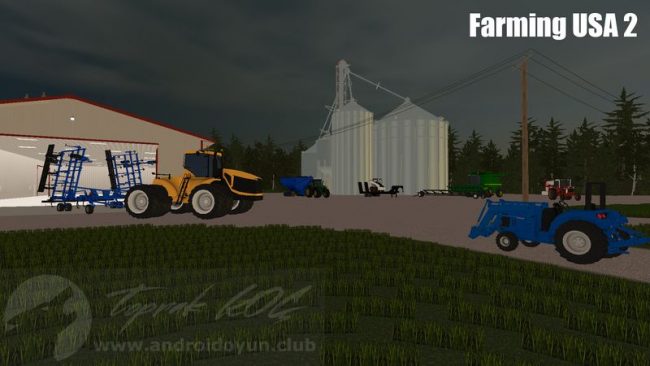


Walker board meetings were always followed by family fun days.
#Save farming usa 2 full
“But might as well get three full meals of Mom’s cooking while I’m here.” The manager of the frozen-vegetables plant was pushing him to make the leap.Īs he pulled into the farmhouse driveway, Sam, his younger brother, waved from the kitchen door.
#Save farming usa 2 free
Land had to be free of pesticides for three years before it could be certified organic, but the fallow 6,000 acres now qualified. Organic tomato paste sold for 75 to 80 cents a pound, compared with less than 40 cents for conventional. They required as much water as any other crop, but the revenues were significantly higher. Whenever you say something is scarce, the next question should be, “At what price?” To allow farmers to compete for agricultural water doesn’t seem like it ought to be controversial. What’s the main lesson you want to teach? We need to allocate resources more effectively, and that means using markets more and government command-and-control systems less.
#Save farming usa 2 how to
Eventually, the discussion turns to how to create an efficient market for water so that it can go where it’s most valued. They want to figure out how Pete can keep farming. How do students typically react? They like looking for win-win solutions. In fact, this is the second HBS case about his farm. And the real-life entrepreneur, Stuart Woolf, of Woolf Farming and Processing, gave us terrific insight and access. What drew you to this case? It’s a great story. Reinhardt teaches the case on which this one is based in HBS’s Executive Education agribusiness seminar.

About a decade earlier Pete had also spearheaded a successful expansion into processing almonds, tomatoes, and frozen vegetables Walker Farms had significant investments in three Central Valley plants.įorest L. Instead of the cotton, grains, and melons they’d grown when Pete was young, Walker now specialized in products that were mainly grown in California, such as almonds, pistachios, and tomatoes market dominance meant they could pass some of the higher water costs on to consumers. Growing up, he’d constantly tailed Grant around the fields, watching him experiment with crops and technologies that would help the farm survive dry spells. They’d had to keep 6,000 acres fallow the past three growing seasons, and it pained Pete to do the same again this spring. That wasn’t a disaster-the farm had invested in wells to tap groundwater and drip irrigation to use the water efficiently-but it was a disappointment. The first item on the agenda would be this year’s surface-water allocation-which, owing to the state’s extended drought, had come in at zero again. Though they’d unanimously elected Pete to take over from their aging father, Grant, as CEO of the farm four years before, they were equal shareholders, with a trust that also benefited their children. Pete’s three sisters and two brothers would arrive in an hour for the regularly scheduled board meeting.


 0 kommentar(er)
0 kommentar(er)
